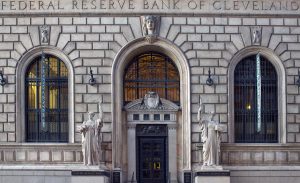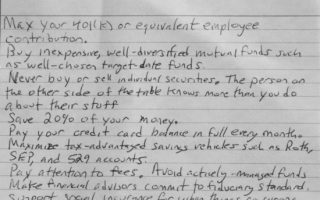
There has been much chatter about the fed’s interest rates increase, but what does this mean for you? Should you be concerned? Let’s break down the process.
Why does the Fed lower or increase interest rates?
The decision to raise or lower its interest rates creates a domino effect and depends on which state the economy is in. Rates will be lowered for easier borrowing for consumers and businesses in an effort to stimulate the economy. Conversely, rates are increased to make acquiring loans harder in order to slow down the economy. Ultimately, the goal is to help keep inflation under control.
What does the Fed control?
There are two rates the Federal Reserve directly controls: the Discount Rate and the Federal Funds Rate or the key rate.
- Discount Rate: The discount rate is the rate at which banks borrow funds from the Fed for short-term purposes. Usually, banks will choose this route last and borrow from one another first. The current discount rate is 1%.
- Federal Funds Rate: This is the rate that the Fed sets for banks to lend to each other also for short-term needs. The Federal Funds Rate is typically what keeps getting tailored. This is currently set at 0.5%, which was previously 0.25%.
How will the Fed’s interest rates increase affect you?
In recent years, Fed officials have discussed and finally started taking action again this year on increasing its key interest rates believing that the economy was finally strong enough. The road to recovery from the 2007-08 financial crisis has been challenging but shows hope. And while unemployment rates are improving, it is a slow growth. Although the Fed may only have direct control over the two rates mentioned above, the changes in these rates do have some chain reactions that affect Americans.
The Good News:
Despite this, the fact that the economy is viewed as strong enough for such a rise should be viewed as a positive. Not to mention, the rate changes will not happen overnight; expect it to be a slow and steady pace. This monitoring of the economy like this provides some comfort knowing the reality of another financial crisis in the future is real.
While there is also concern from investors due to the negative effects in the stock market from the December 2015 fed’s interest rates increase, this may be a great opportunity for longer-term stock. This does not mean these hikes are positive for the stock market, but interest rates may not have as much of an effect on forecasting as we think.
If you’ve been unhappy about the lack of interest you earn in your savings or certificate of deposit, this action will most likely result in higher interest income on your savings. But, this, too, will not happen overnight.
The Bad News:
The short answer is that any short-term loan from the bank’s deposits will most likely increase. Both credit cards and equity lines will be affected, considering their short-term characteristic as well as their shared index of a Prime Rate.
The Prime Rate is the rate provided to their best clients, the ones with excellent credit. This will increase the same amount the Discount Rate is increased by, and therefore, your credit cards and equity lines will increase that much as well.
Car loans and home mortgages will be somewhat affected as well. Although mortgages are fairly long-term, rates are expected to gradually increase over time. The cost of mortgages will be influenced by the Federal Reserve when governmental securities are purchased by a central bank as a way to increase money supply.
Even though consumer spending and borrowing will be lower with the fed’s increase in interest rates, so will business profits and home sales.
Conclusion
This does not mean you need to rush out and buy a home or a car now to ensure lower rates. And it is probable that mortgage rates will still be lower than past averages.
The Fed’s interest rates increase is a sign of progress but will come with quite a few adjustments. However, educating yourself on the process will help keep you as financially prepared as possible.
What are your thoughts on the Fed’s interest rates increase? Comment below or start a discussion in our forums!






Comments